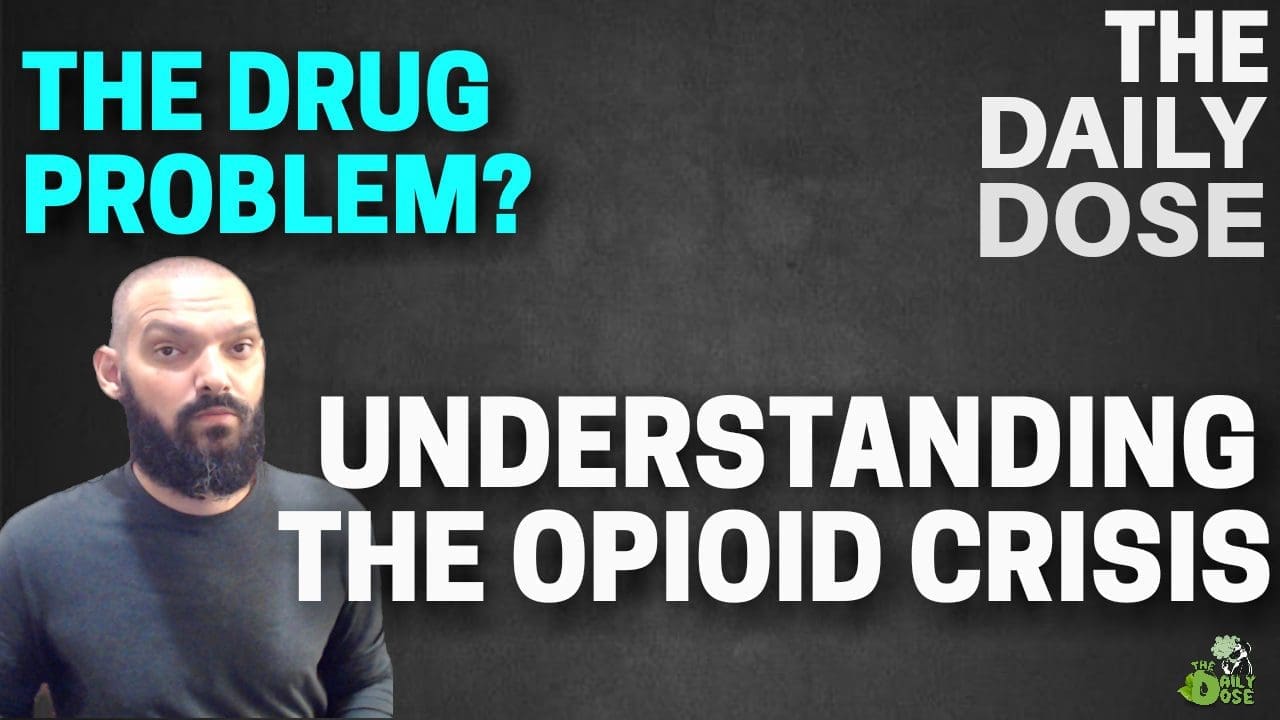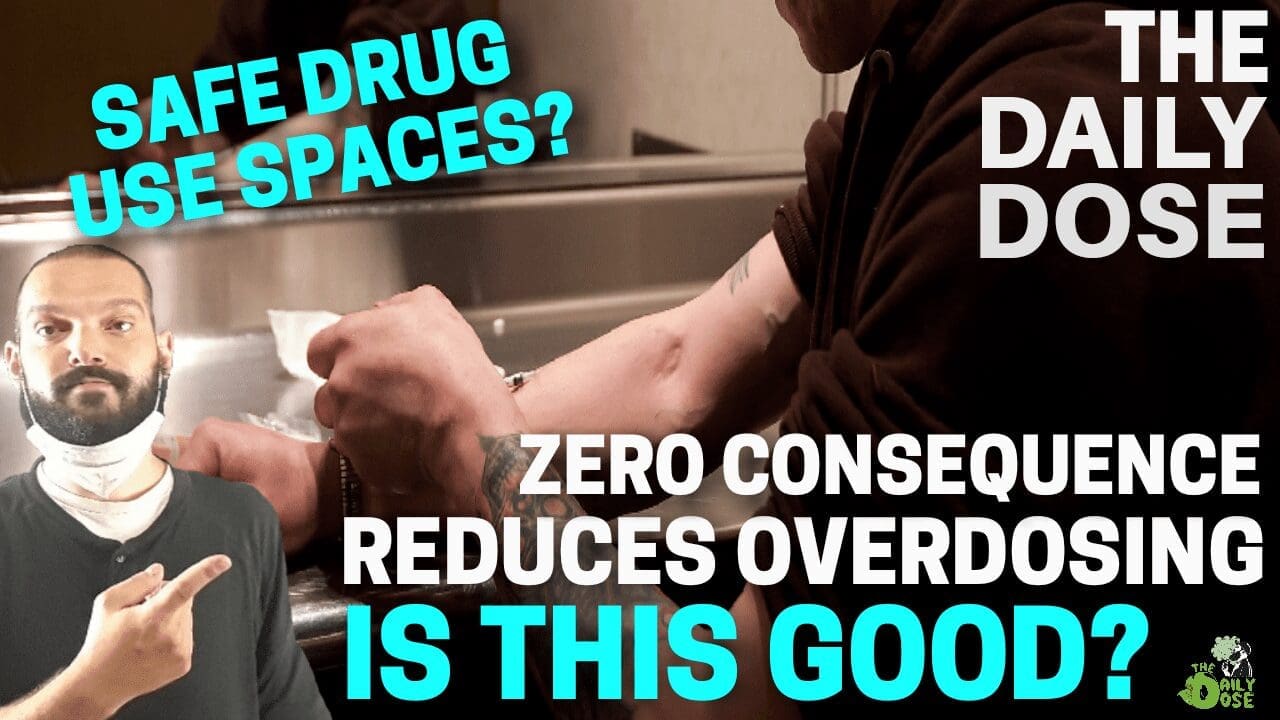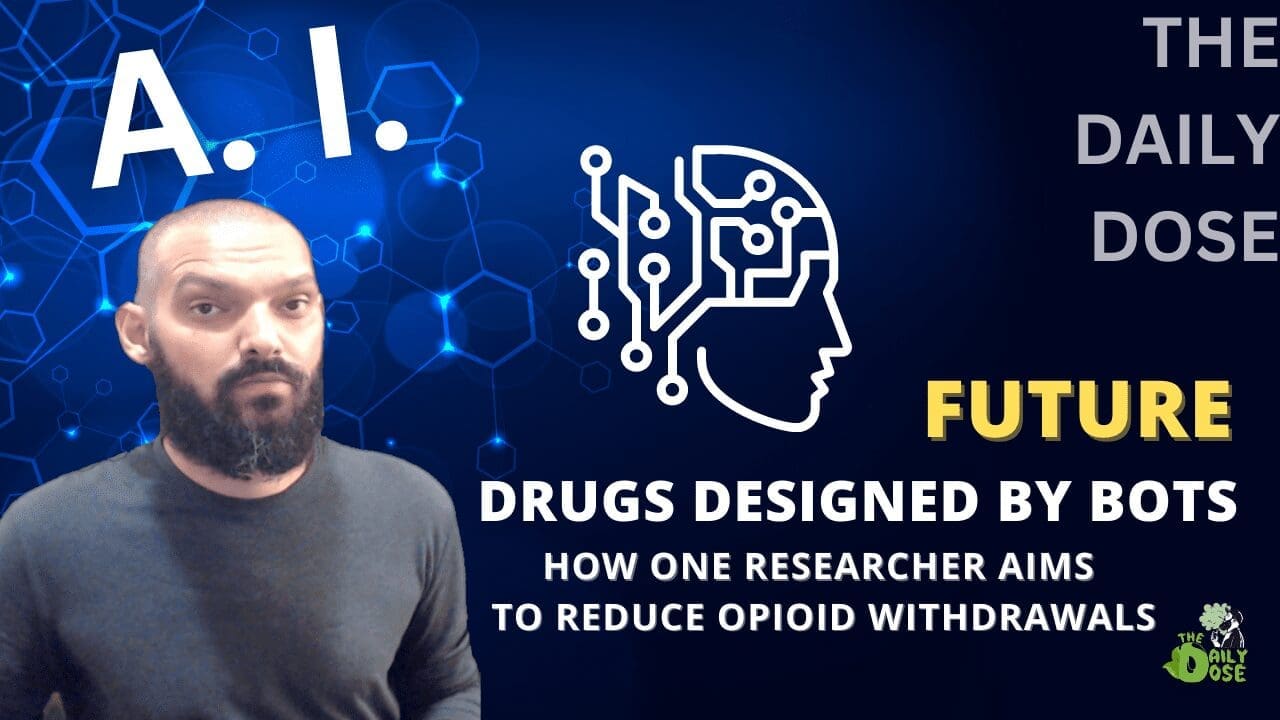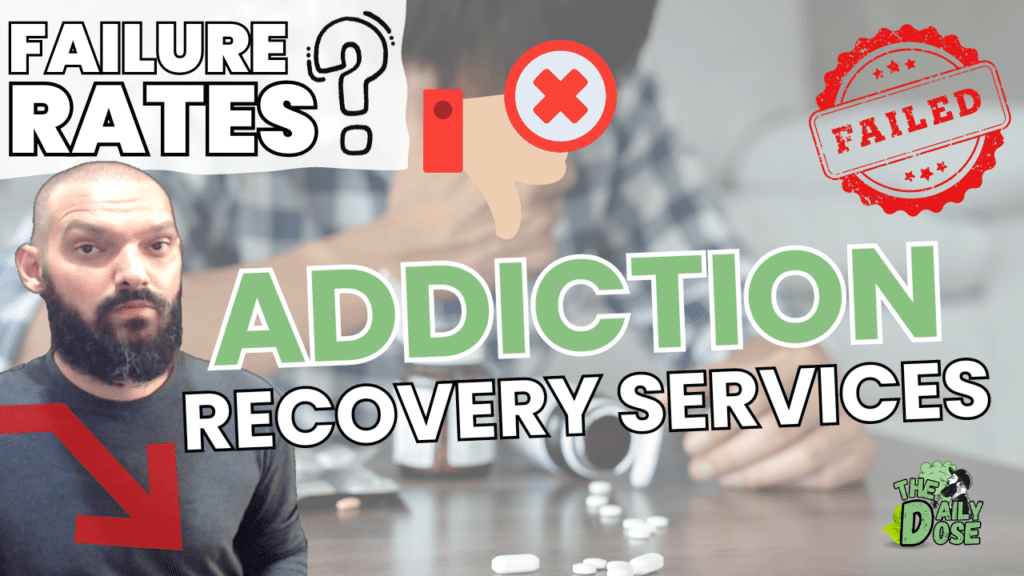Listen to the full episode here: The Daily Dose Podcast
Opioid Crisis Ravages America What To Know Now
Key Take Away
- Widespread Impact: The opioid problem has affected millions of Americans across all demographics, leading to unprecedented levels of addiction, overdose, and death. It’s not just a public health issue but also a social and economic crisis, affecting families, communities, and the workforce.
- Over-Prescription of Painkillers: The crisis originated in part due to the over-prescription of opioid painkillers in the late 1990s. Pharmaceutical companies reassured the medical community that patients would not become addicted to opioid pain relievers, leading to widespread prescription and subsequent misuse.
- Transition to Illicit Opioids: As prescriptions became more regulated, many individuals who were already dependent on prescription opioids transitioned to more accessible and often more potent illicit opioids, such as heroin and fentanyl, exacerbating the prevalence of overdose deaths.
- Economic and Healthcare Strain: The opioid issue has placed a significant burden on healthcare systems, law enforcement, and the economy at large. The cost of healthcare, addiction treatment, lost productivity, and criminal justice involvement amounts to billions of dollars annually.
- Efforts for Mitigation and Recovery: Addressing the opioid epidemic requires a multifaceted approach, including improving prescription practices, enhancing access to treatment and recovery services, supporting harm reduction strategies like naloxone distribution, and addressing underlying socio-economic factors that contribute to substance abuse.
Introduction
Today we are talking about the opioid crisis, the unfortunate effects on people who abuse them and the numbers strictly by the statistics provided by the NIH National Health Institute. We have to talk about how the country has been under the influence so to speak for decades and so much more.
Thanks for joining me today, I’ve mentioned it before and there has been numerous controversies since surrounding the opioid crisis, the unnamed entities that profited big are now coughing up money to settle but for fractions of the actual profit earned in 20 years. The problem is a public health nightmare, it has many faces while it tears a hole in our society much like many other dangerous substances has and continue to.
SUMMARY
The opioid crisis in America presents a complex public health challenge characterized by a decrease in prescription opioid misuse but an increase in fatalities linked to illicit substances. Addressing the crisis necessitates a comprehensive and scaled-up approach, involving multiple public health interventions and the collaboration of various stakeholders to reverse the epidemic and save lives.
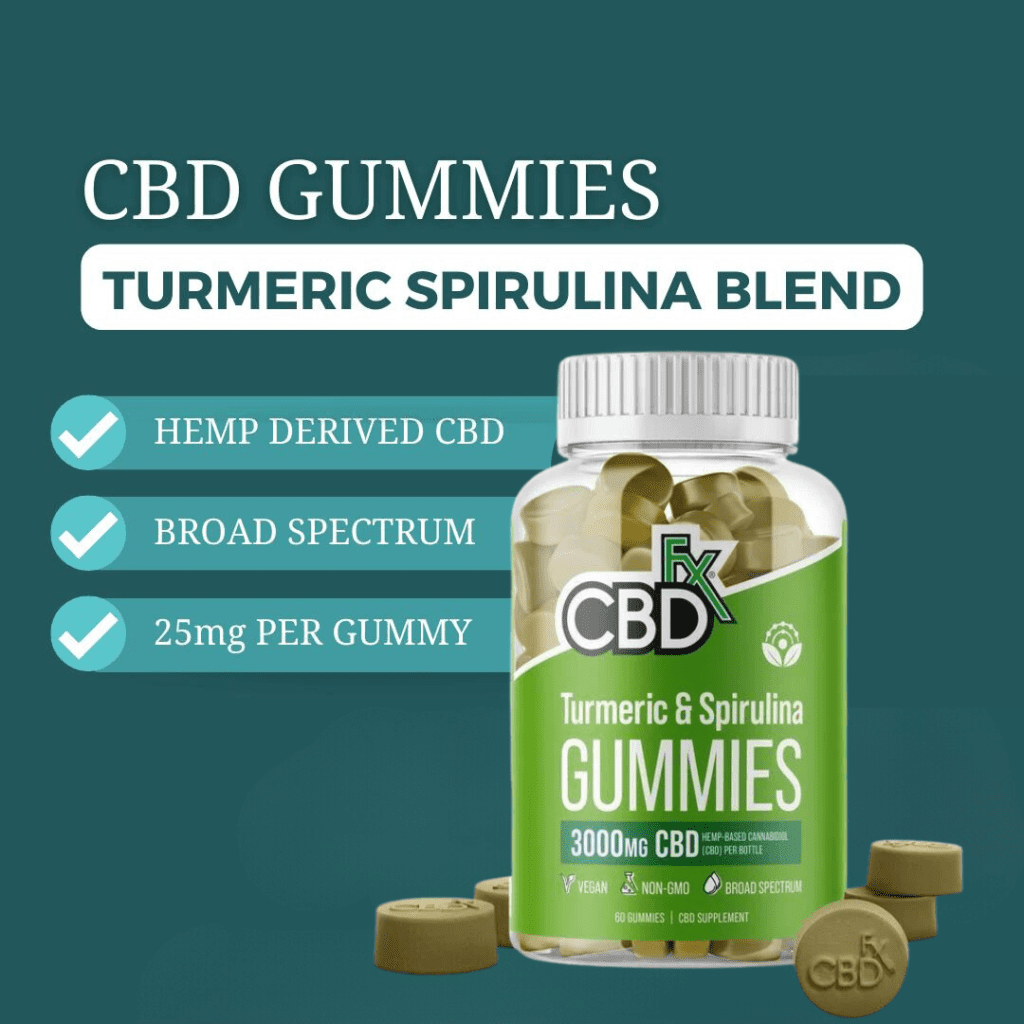
The Data
The numbers strictly by the data provided by the CDC and the NIH show in 2020 alone 90,000 people died from overdose how many relating to opioids are unknown. The numbers could be far greater and may soon be if we continue to deny reasonable alternatives such as Kratom. It may have saved millions of live in less than 10 years time.
The opioid epidemic in America continues to be a pressing public health issue, with far-reaching impacts on individuals, families, and communities. Here’s a summary based on medically reviewed data:
- Widespread Prevalence: Opioids are a factor in a significant portion of overdose deaths, with rates varying by state. For instance, opioids are involved in 46.9% of all overdose deaths in Arkansas and 45.7% in California, highlighting the widespread prevalence of opioid-related fatalities across the nation.
- Decrease in Prescriptions, Increase in Fatalities: While opioid prescribing by physicians has decreased significantly, overdoses and deaths related to illicitly manufactured fentanyl, xylazine, and other substances continue to rise. This indicates a shift in the crisis from prescription opioids to illicit substances, complicating the efforts to control the epidemic.
- Complex Interventions Required: Addressing the opioid abuse requires a multifaceted approach, including increasing the availability of naloxone to reverse overdoses, reducing prescription opioid misuse, and enhancing the number of people receiving medication for opioid use disorder. A combination of these interventions can lead to a substantial reduction in overdose deaths, but achieving these goals requires a significant scaling of efforts and resources.
- CDC’s Comprehensive Response: The Centers for Disease Control and Prevention (CDC) provides a framework for response, including overdose prevention strategies, resources for addiction medicine, and various tools for healthcare professionals and patients. This comprehensive approach is aimed at improving opioid prescribing practices, preventing opioid use disorder, treating individuals with opioid use disorder, and reversing overdoses.
Recourse: What You Can Do
So what can we really do for people that suffer now from an addiction that was unintended. The damage is done right what could we do better moving forward that we haven’t tried already, this is a question that is difficult to answer and so I won’t.
Understanding the problem goes beyond the scope of just opioids, the truth is our entire country has been taught and given the means to treat everything even when there’s nothing wrong.
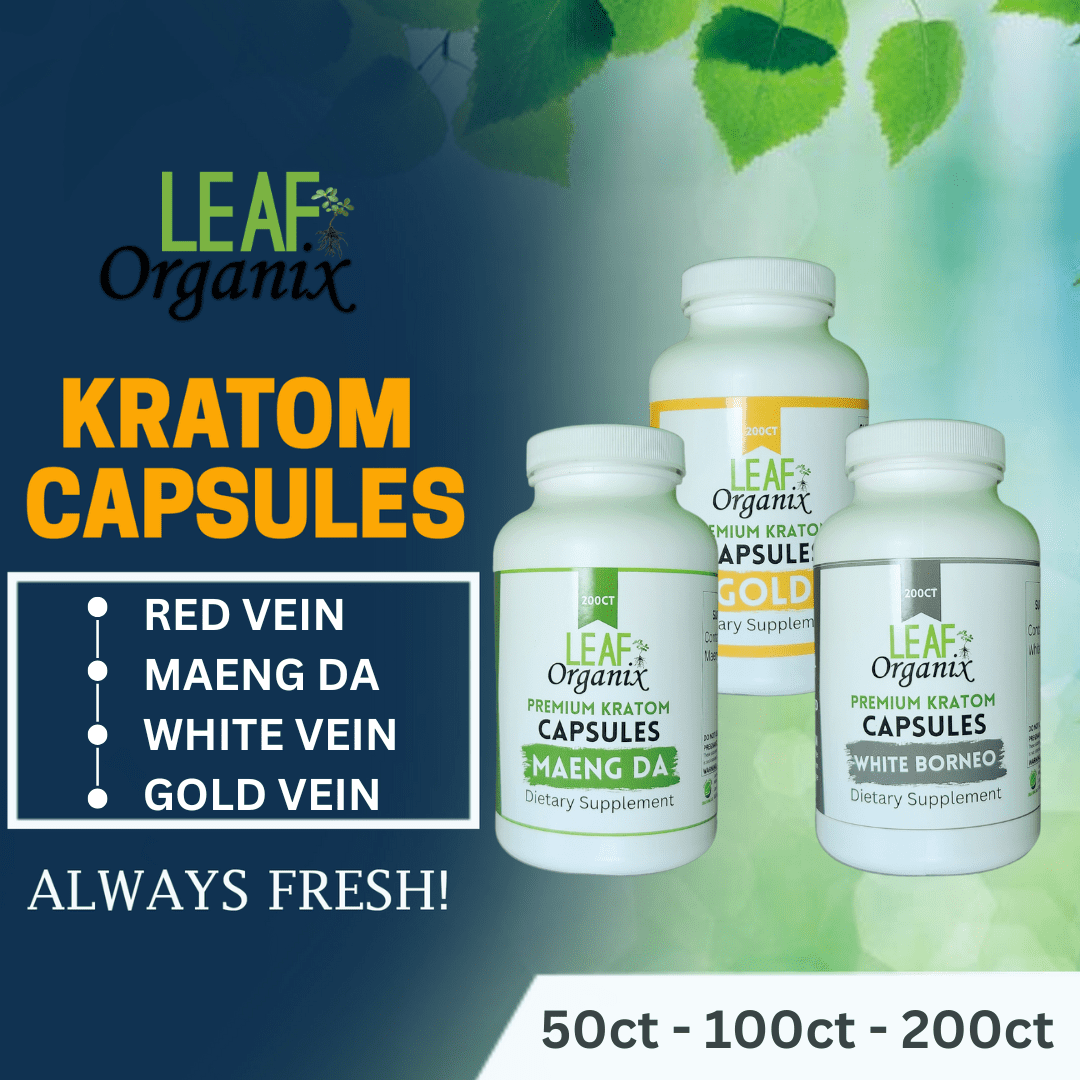
Two Sides Of The Coin
There is 2 sides to this story and another 2 sides to that one, one happens to be the truth, yes there are a lot of people who have or continue to abuse opioids of some type, with that comes other drugs as well because it’s not just opioids. Someone you know who uses opioids may also use something for depression, anxiety or stress. Who’s to say those aren’t being abused too correct?
The other side of the situation are people who really need the medication, it’s not a joke and it’s not addiction. I don’t get how the solution to reducing opioid abuse is to cut everyone’s script without actually looking at individual cases one at a time to determine what degree of change is appropriate.
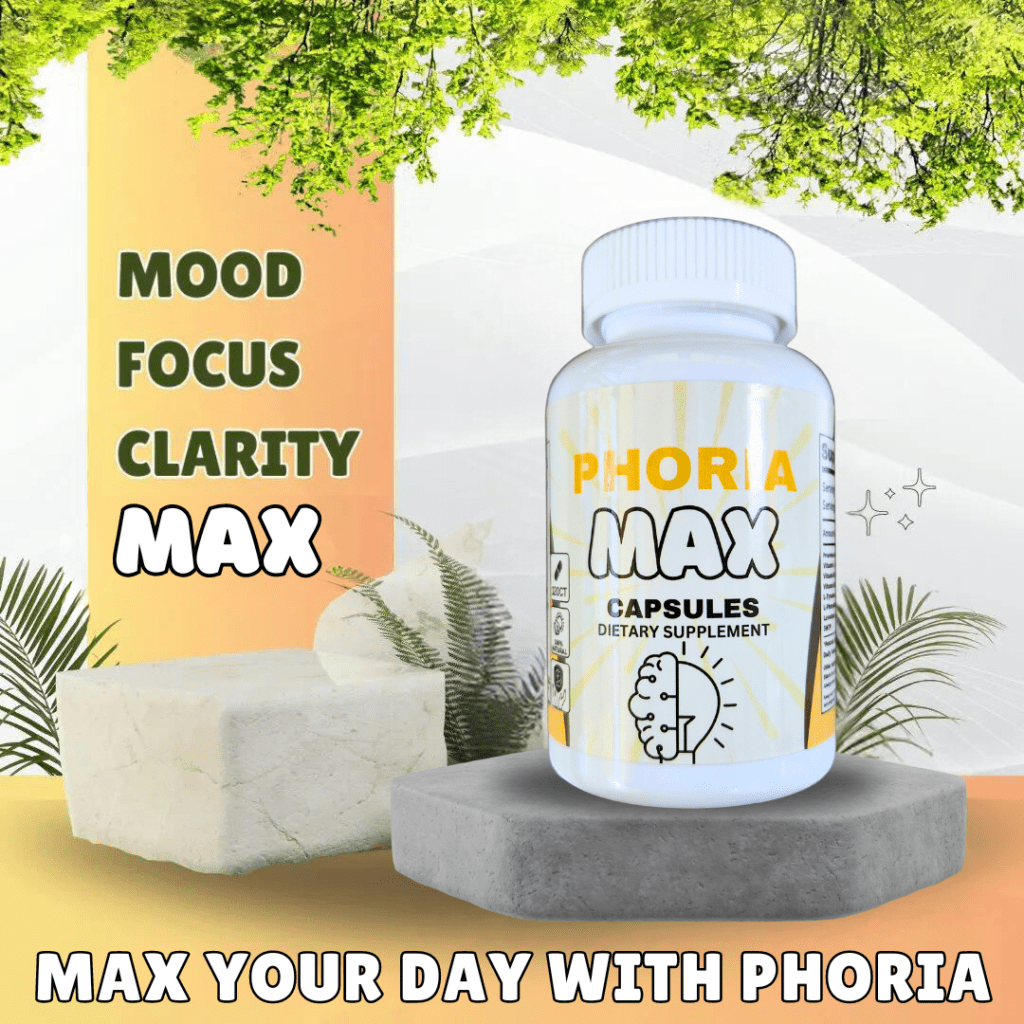
Conclusion: The Path Forward
The entire time period I’m talking about was the beginning of an era that started decades ago and is now coming to an end, people are waking up to new possibilities. It’s true that we’ve lived in a bubble as we avoided any and all discomfort such as headaches with tylenol to treating even a minor stomach ache with something found at the local pharmacy or whatever else it may be.
Not all of it is bad but the idea itself is dangerous, we should be more thoughtful about how we perceive medicine and it’s use in our lives.
Thanks for the ears, eyes and your time.
FAQS
What are opioids and why are they problematic?
This risk is compounded by the fact that opioids produce euphoria, leading to their misuse as recreational drugs. The opioid problem arises from the balance between providing adequate pain management, the drugs’ potential for addiction, and the consequences of their misuse.
How did the opioid crisis start?
This led to widespread misuse before it became clear that these medications could indeed be highly addictive. The crisis was exacerbated by the illicit manufacturing and distribution of opioids, including synthetic products like fentanyl, which are extremely potent and dangerous.
What are the signs of opioid addiction?
How is opioid addiction treated?
Counseling and behavioral therapies provide patients with the tools to modify their attitudes and behaviors related to drug use, increase healthy life skills, and persist with other forms of treatment, such as medication.
What measures are being taken to address the opioid problem?
Additionally, there are efforts to crack down on the illicit supply of opioids, improve prescribing practices, and raise public awareness about the risks of opioid use.
Related Articles:
- Top Trending Question Can Kratom Help People
- The Benefits Of Kratom
- Opioid Lawsuits & Payout Big Pharma Exposed
- How Long Opiate Withdrawals Last
- Opioid Abuse Avoid Symptoms With A.I. Drugs
Meet The Author


